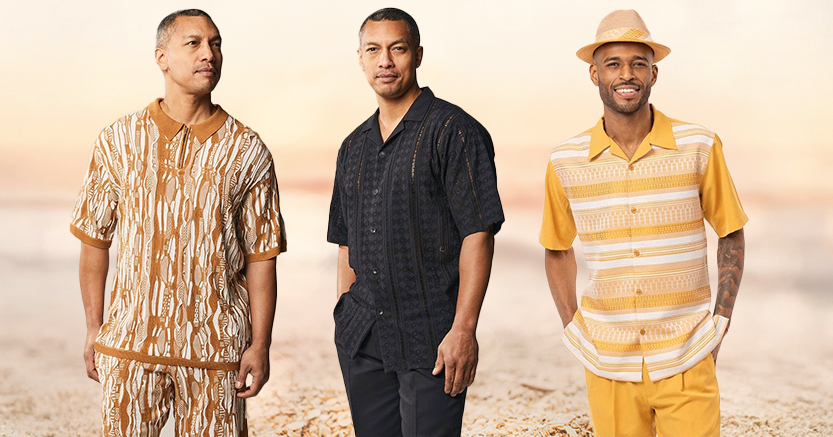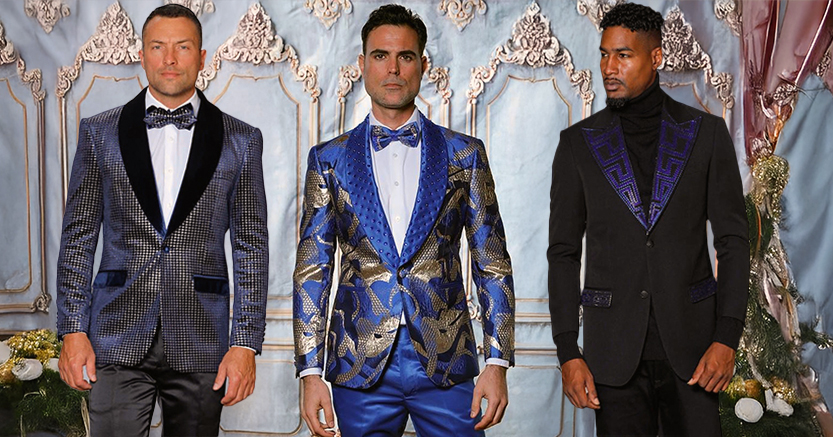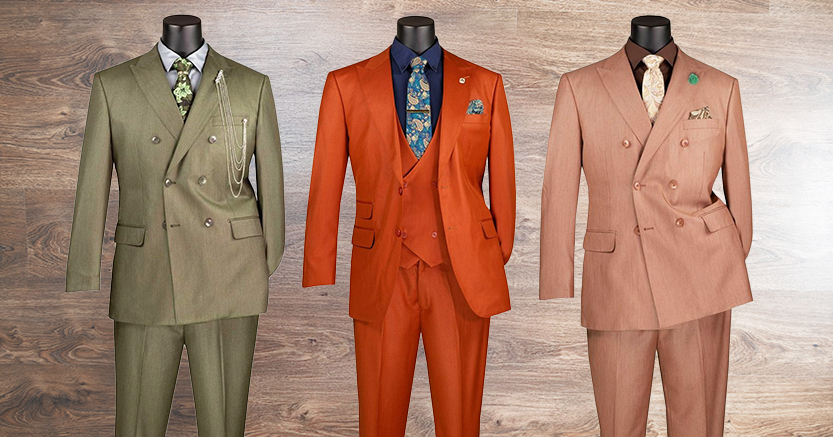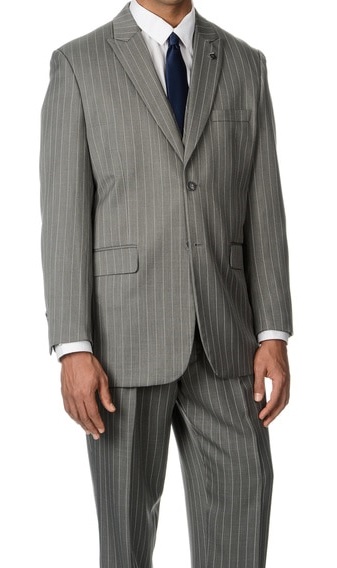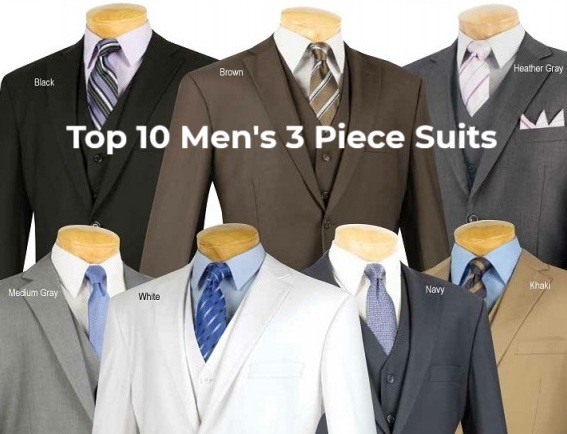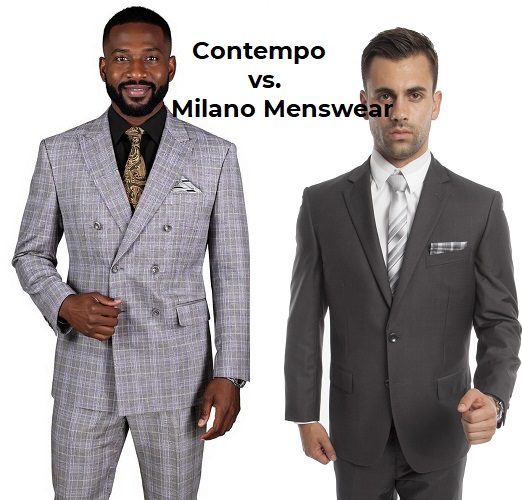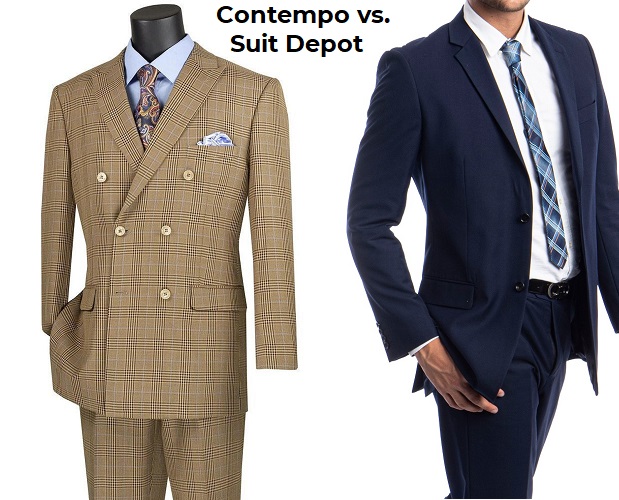Nov 05, 2025
Style Rules You Should Know Before Wearing Men's Dinner Jackets
It’s not that simple to know how to wear a dinner jacket right by choosing a black blazer and a bow tie. It’s about mastering the details - lapels, fabric, fit, and occasion, that turn a good look into a great one.
When you consider formal wear, mens dinner jackets should be the first thing that comes to mind, as these are the backbone of black-tie, evening events and upscale occasions. Every element counts, such as a white shirt or shiny pair of shoes. And if you want to stand out without raising eyebrows, knowing the rules and when you can bend them is key.
Why the Basics Matter
In 2025, you will find plenty of men wearing a jacket that feels formal, but lacks a few critical markers. The right jacket gives out a signal that you know the dress code, you respect the setting and you are concerned about the details. For formal events, the distinction between what is appropriate and what causes offense may lie in the lapel style, a good pair of matching trousers, or using the right accessories.
Avoiding flap pockets, choosing proper lapels, and keeping the color classic are all still important.
Fit & Proportion Are Your Foundation
The most crucial aspect of your appearance is a well-fitted dinner jacket. Even the most expensive one will fail to work when the fit is not right.
Fit in the Shoulders and Chest
The shoulders are non-negotiable. If the jacket’s shoulders don’t align with your natural shoulder line, the entire appearance fails. A dinner jacket should fit the body not too snug or too loose.
Length & Sleeve Details
Your jacket must cover your seat (the rear) and your sleeves must reveal a touch of shirt cuff (about a quarter-inch). This small detail will make a major difference in the way of being custom-made and intentional.
Trouser Match and Waist Covering
Pick trousers that align with the formality of your jacket. Traditional black tie consists of matching wool trousers with a silk stripe. To keep the tradition and be more modern, one can skip a waist covering such as a cummerbund or opt for suit vests (waistcoats).
Color, Fabric & Lapels: Choose With Purpose
The appropriate tone is achieved by the right color and fabric. A poor choice can make an outfit look too casual, or worse, out of place.
Traditional Colors vs. Contemporary Options
Evening wear safest bets are still black and midnight blue. According to formalwear guides, white or ivory jackets may work for summer or warm-climate events but only if styled correctly.
But now modern tailoring allows deep greens, burgundy or velvet textures as long as the event is a creative black tie and the rest of your outfit stays grounded.
Wool, Velvet & Texture
Wool is durable and formal, ideal for classic events. Textured or velvet fabrics add a fashion-forward edge; demand more confidence - and the rest of the outfit must support the choice.
Lapel Style Matters
Peaked lapels and Shawl lapels are usually best paired with dinner jackets. Notched lapels are too informal to wear to the black-tie events.
Decoding the Dress Code
Understanding the dress code will assist you to decide on the right version of dinner jacket that you should use.
Black Tie
When the invitation reads black tie, refer to a classic dinner jacket with matching trousers, white dress shirt, black bow tie, and patent leather shoes.
Creative Black Tie / Black Tie Optional
This is where style flex happens. Swap in a textured jacket, deep jewel tones, or a subtle print but don’t go casual. Keep the trousers sharp, shirt crisp, and accessories minimal.
Weddings & Daytime Formal
Lightweight or even white dinner jackets can be used, depending on the venue and dress code, in late-afternoon weddings during summer. But always check; mis-matching the formality can stand out in a bad way.
Accessories
Accessories not only complete the look, but also determine it. The right details bring balance and polish without drawing attention away from your jacket.
- Bow tie: Still the default for black tie. Never use novelty ties except where the event clearly calls for it.
- Pocket square: A plain silk white square is timeless.
- Shoes: Black patent or polished Oxfords are safe. For velvet jackets or creative dress codes, black loafers or velvet slippers can work.
- Shirt: Crisp white dress shirt, preferably plain front or subtle detailing depending on formality.
- Waist covering: Choose between a cummerbund or a waistcoat. Don’t wear both.
- Watch / Cufflinks: Keep them understated. Too much shine distracts.
Where Most Guys Go Wrong
Even the best outfit can fall apart with one small mistake. These are the errors that often separate well-dressed men from everyone else.
- Wearing the wrong lapel (notched instead of peaked or shawl).
- Mixing dress codes (pairing a velvet dinner jacket with casual jeans).
- Choosing the wrong trousers (Dinner jacket pairs best with tuxedo trousers or their equivalent).
- Neglecting fit and tailoring.
- Over-accessorizing or ignoring basics like clean shoes and a white pocket square.
Practical Examples
Sometimes it helps to visualize how each style looks in action.
- Classic formal look: Single-breasted black dinner jacket, white shirt, black silk bow tie, black wool trousers with satin stripe, black patent Oxfords.
- Modern twist: Deep navy velvet dinner jacket, plain black trousers, white shirt with textured front, black loafers.
- Summer event: Chalk-white dinner jacket, midnight blue trousers, crisp white shirt, black bow tie. Venue: rooftop wedding at dusk.
FAQs
Q1. What’s the difference between a dinner jacket and a regular suit jacket?
A dinner jacket is designed for eveningwear and formal occasions. It often has satin lapels or trim, is paired with dress trousers, and adheres to dress codes like black tie. A regular suit jacket is more versatile and business-appropriate.
Q2. Can I wear colored dinner jackets that aren’t black?
Yes, for the right event. Dark colors like midnight blue or deep green work if styled properly. Bold colors or patterns require more confidence and attention to detail.
Q3. Should I wear a vest or waistcoat with a dinner jacket?
You can. A waistcoat offers a structured and formal look. If you wear one, avoid a cummerbund at the same time. Choose black or a matching fabric for formality.
Q4. Are notched lapels ok for a dinner jacket?
Generally no. Notched lapels are more casual and better suited for business suits. For a true dinner jacket, go with a shawl or peaked lapels.
Q5. What shoes should I wear with a dinner jacket?
Polished black Oxfords are the safest choice for black tie. For creative black tie, velvet slippers or black loafers are acceptable. Avoid chunky or casual footwear.
Q6. Can I skip the bow tie and wear a regular tie?
In traditional black-tie settings, a bow tie is expected. For modern or creative dress codes, a slim tie can work but be careful. It changes the formality.



